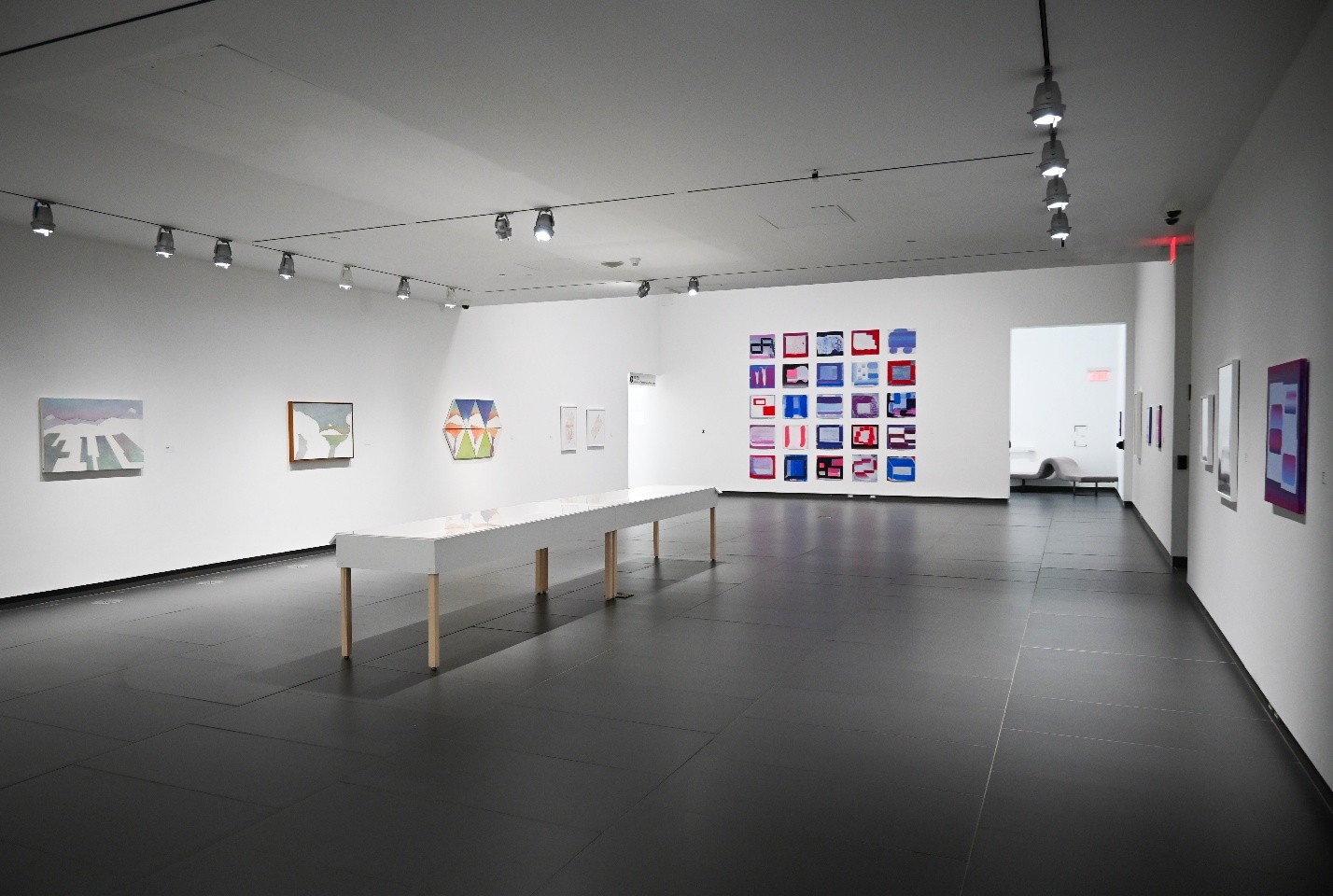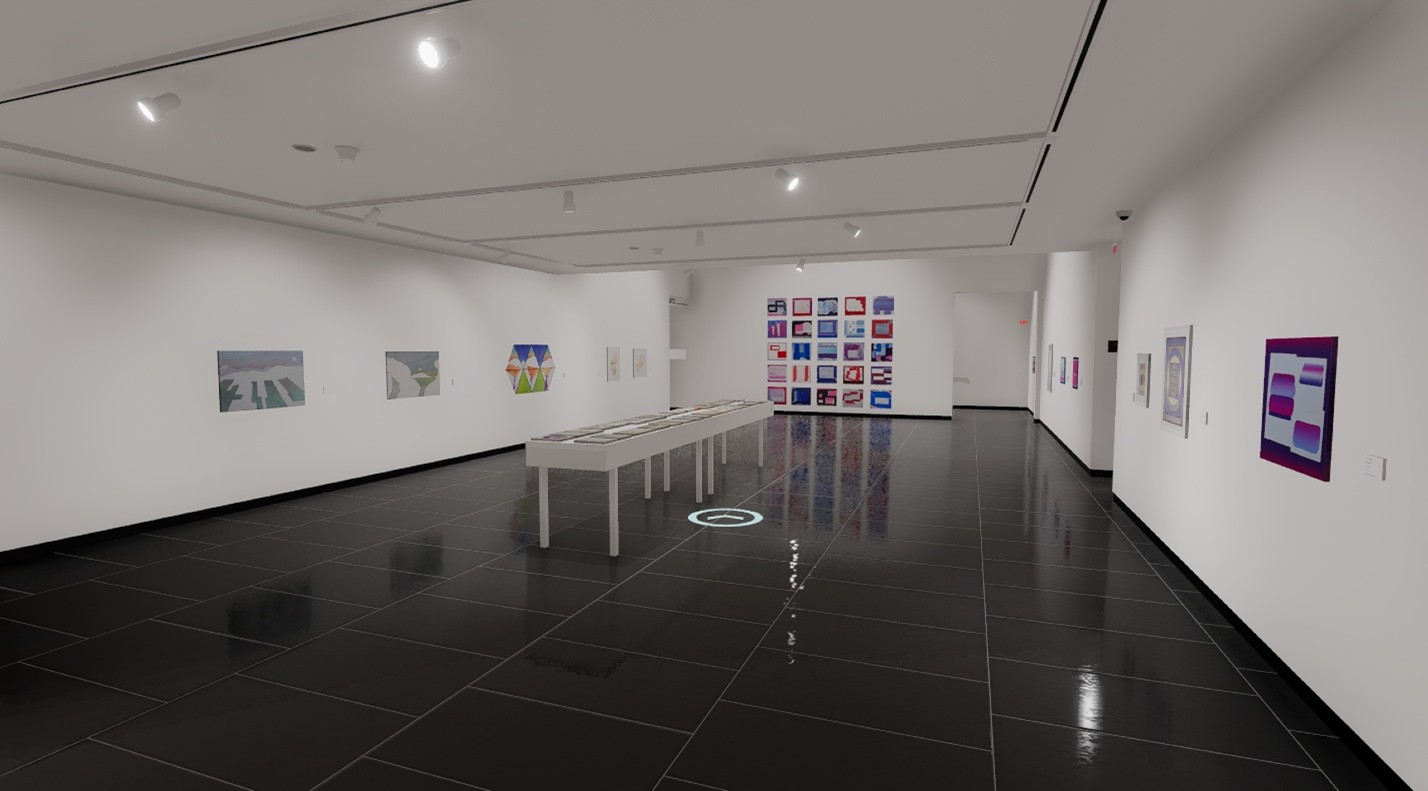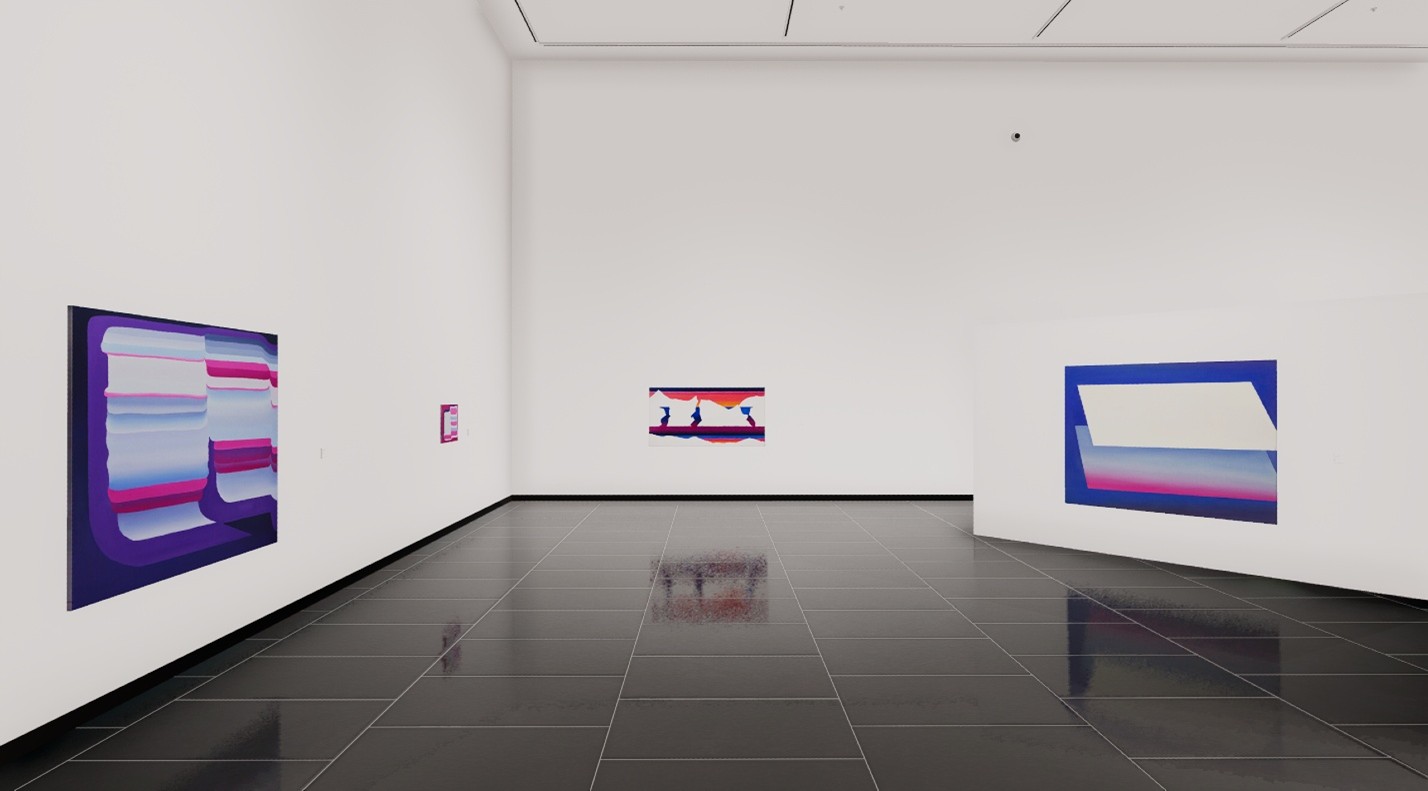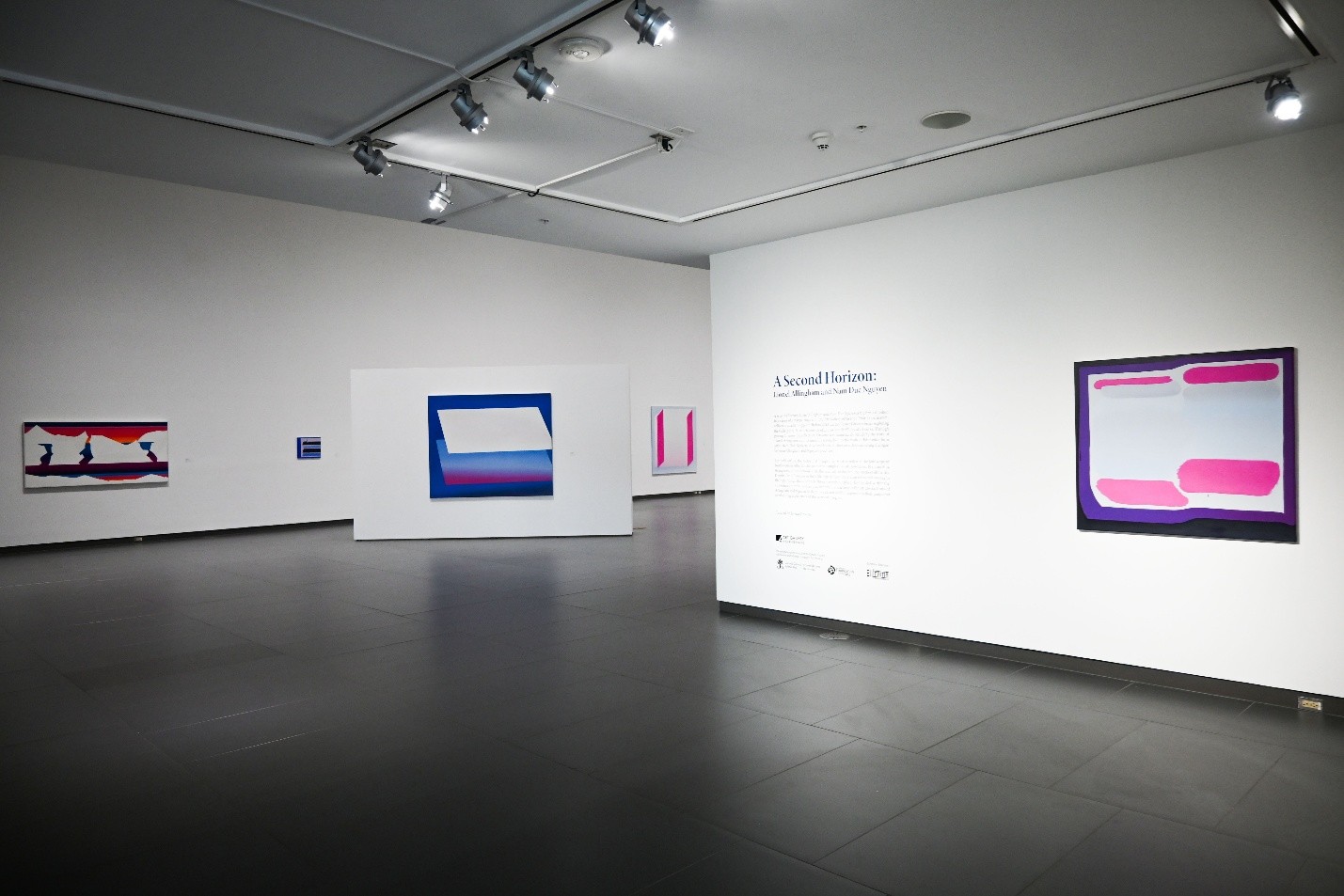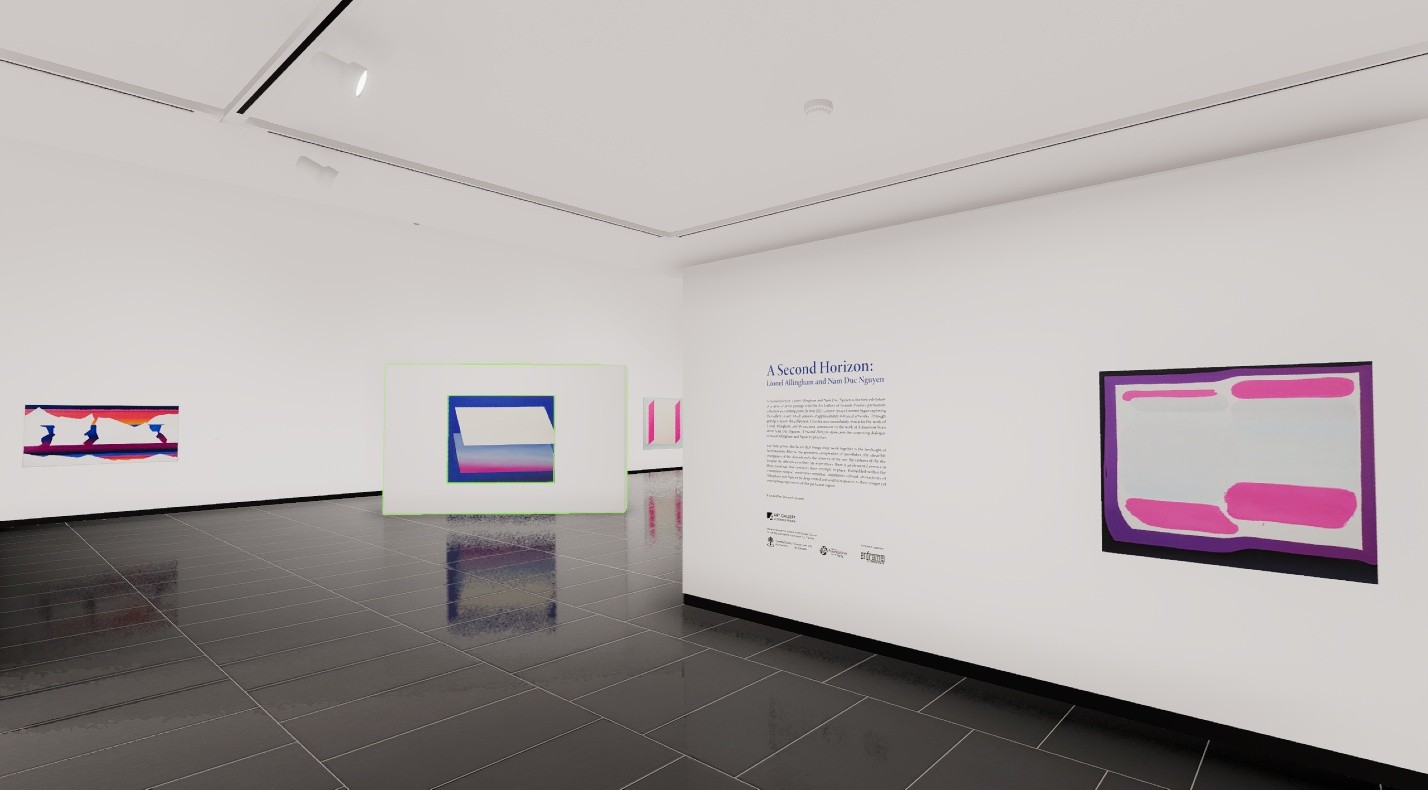Curator Case Studies 2025
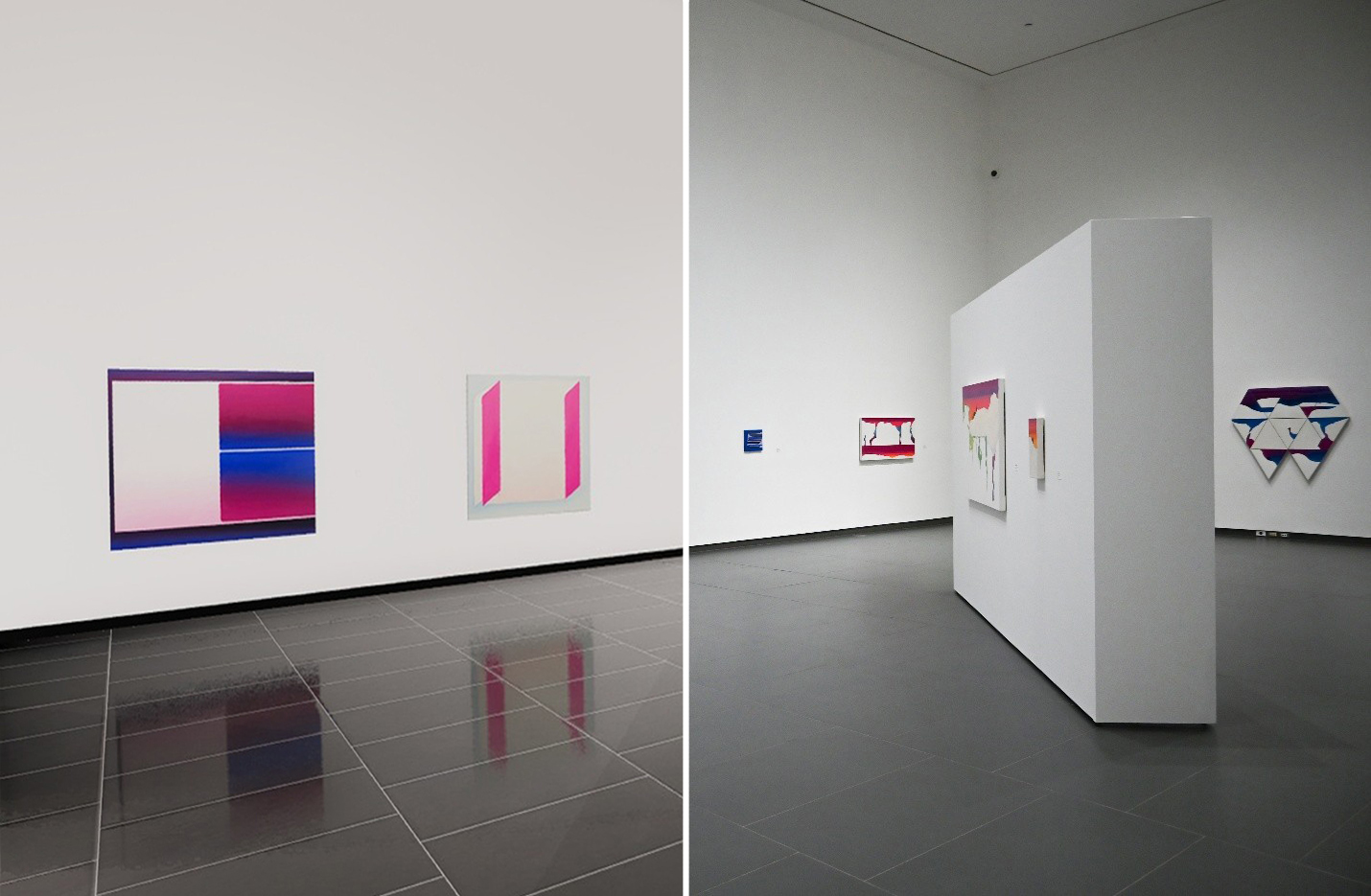
Ortelia Curator has quickly established itself as an industry-standard tool for exhibition planning and spatial design. Its purpose-built features and exceptional efficiency are redefining how curators and designers conceptualise, test, and deliver exhibitions.
The following case studies highlight Ortelia Curator in action:
Leeza Negelev’s “To Close a Small Distance”
Presented at Hošek Contemporary—a unique exhibition and performance space aboard a 100-year-old coal barge in Berlin, Germany. This project demonstrates Ortelia Curator’s adaptability to unconventional venues and artistic visions.
“A Second Horizon” and “Reconnect” at the Art Gallery of Grande Prairie
This dual exhibition showcases how Ortelia Curator supports complex, multi-part curatorial projects, enabling seamless coordination between design, layout, and installation.
These examples reflect the platform’s growing role in shaping contemporary exhibition practices across diverse settings.
Case Study 1 – Leeza Negelev – ‘To close a small distance’
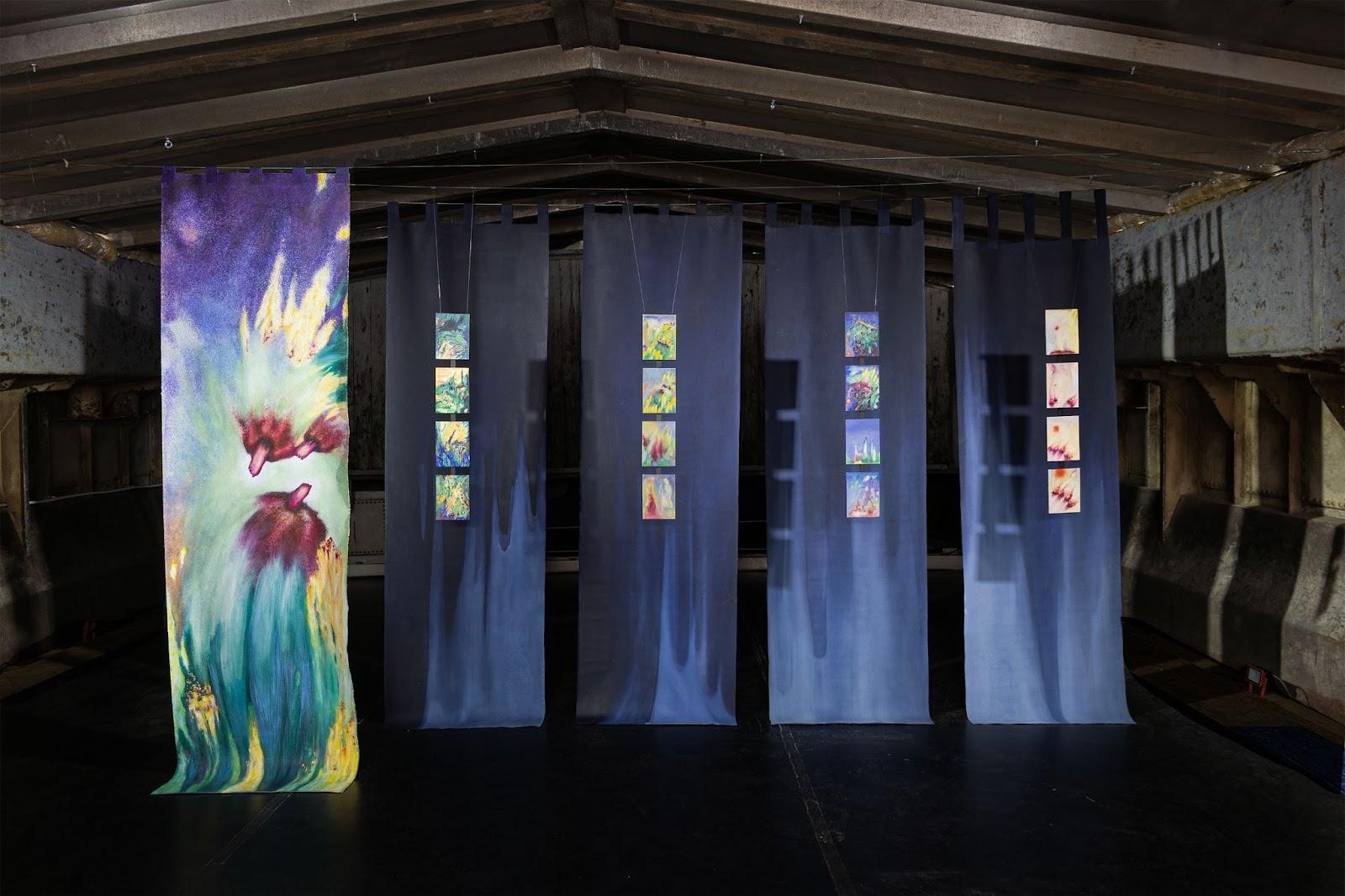
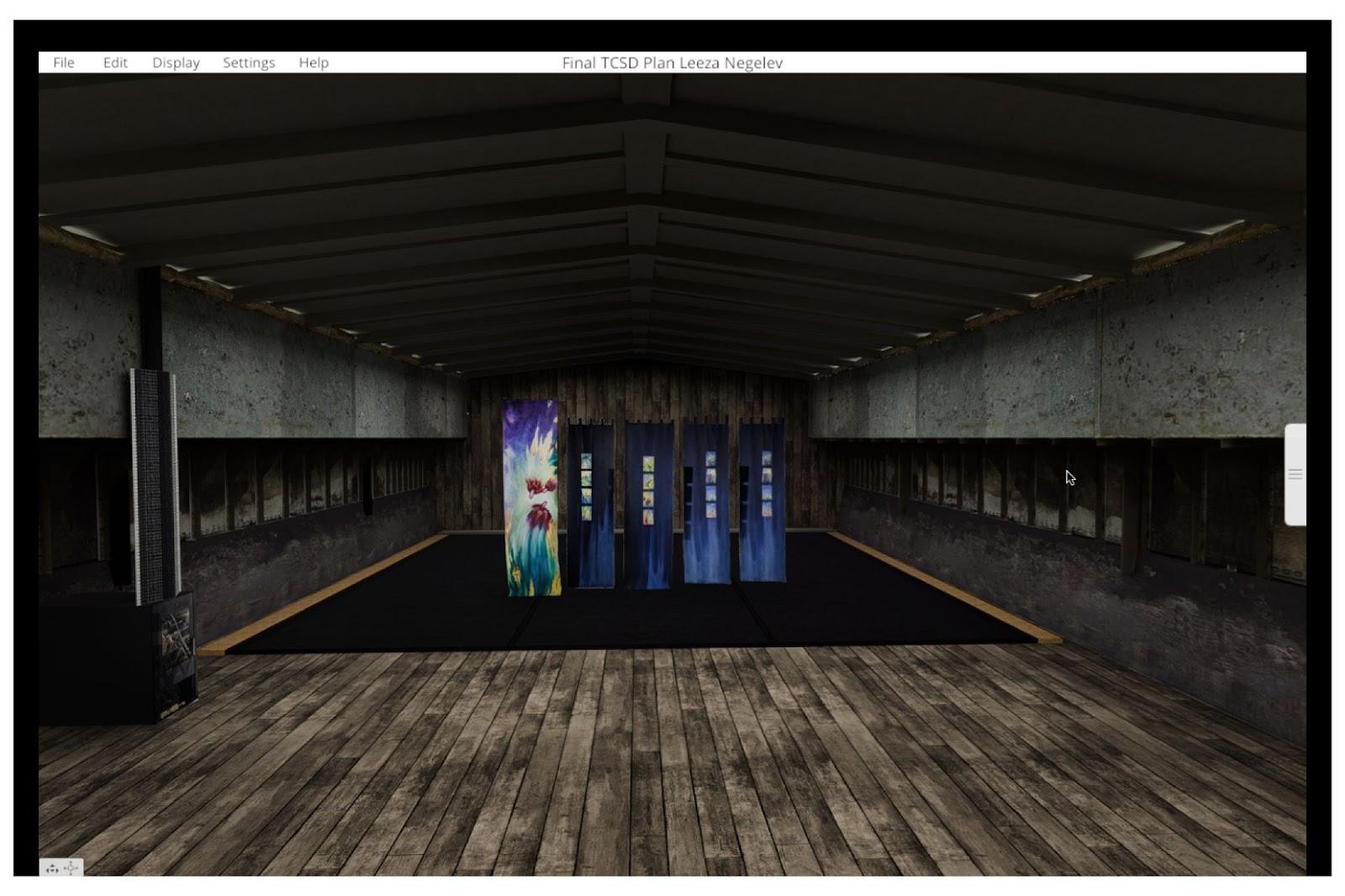
In November 2025, I received a grant from the Goethe-Institut Boston to develop an exhibition with Katie Kearns at Hošek Contemporary in Berlin. Our exhibition, To close a small distance, presented work exploring aesthetic responses to what is both sensible and near. Addressing a world in which knowledge, experience, and sociality are increasingly oriented toward the virtual, the exhibition offered transdisciplinary perspectives on our entanglement with the material world. We chose to develop this exhibition in a particularly unique and challenging venue. Hošek Contemporary is an exhibition and performance space housed within a 100-year-old ship. Unlike traditional white cube spaces, the ship’s dimensions are irregular—almost nothing is square. Although the exhibition focused on the tangible, material aspects of artmaking, Ortelia Curator’s virtual rendering of the exhibition space enabled us to address numerous practical and aesthetic challenges in order to bring our ideas to life.
Even without detailed elevation plans, Ortelia’s programmers recreated the exhibition space with impressive accuracy. Their virtual model allowed me to walk through the gallery and explore every vantage point at eye level. Given the ship’s distinct presence and character, being able to inhabit the space remotely was invaluable in determining how to install my work. The program made it simple to experiment with scale and understand the visitor’s perspective. I used Ortelia Curator to identify which elements of the space I wanted to highlight and which to minimize. Ultimately, Ortelia Curator allowed me to work with the space rather than against it.
One of the most valuable aspects of Ortelia Curator is its simple and intuitive user interface. After learning the basics, I was able to build on my knowledge through their online tutorials. With minimal effort, I could use the program to experiment with a wide range of installation ideas. Given our tight project timeline, this usability was especially important.
Finally, a central part of my studio research involves exploring the relationship between the viewer and the work of art. How does our physicality respond to an artwork? How do its material qualities and spatial positioning shape our experience of it? Ortelia Curator allowed me to import works-in-progress and engage with them as if I were physically in the room. This form of virtual research proved both generative and clarifying.
To learn more about this exhibition and the artist’s, visit leezanegelev.com / Support provided by Studio 170 / Germany and Goethe-Institut Boston
Case Study 2 – Art Gallery of Grande Prairie – ‘A Second Horizon’ and ‘Reconnect’

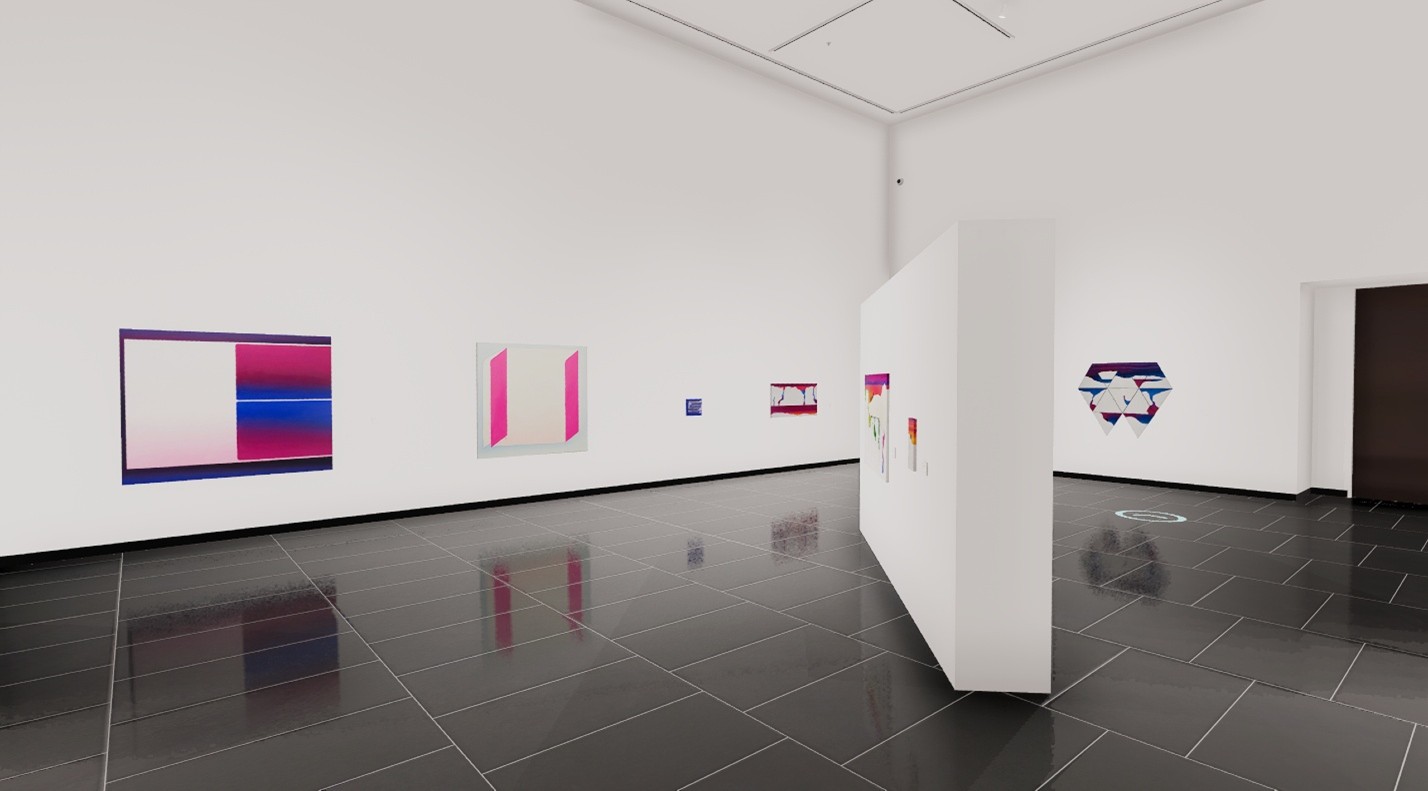
Before using Curator, exhibition layouts required a patchwork of sketches, floor plans, and a lot of guesswork. Now, the process is streamlined—We can visualize and adjust layouts in 3D, test eyelines, and ensure every work is presented at its best before installation begins. For curators, artists and exhibition designers, Curator is a true game-changer, bringing both efficiency and confidence to the design process.

